Junk Food Diet Causes 12-Year-Old Boy to Go Permanetly Blind

A 12-year-old Massachusetts boy has tragically lost his eyesight to a nutrient-poor junk food diet that caused his optic nerves to atrophy beyond any hope of reversal. The New England Journal of Medicine recently documented the case of a 12-year-old boy suffering from autism who ultimately went blind because of a junk food diet based […]
Viral Chinese Street Food Looks Like a Lump of Black Hair

A new snack served on the streets of Chengdu, in China, has been getting a lot of attention because of its unusual appearance; it looks like a lump of black human hair. Fa Cai or Fat Choy is a type of dried cynobacterium that has long been a part of Chinese cuisine. It grows mostly […]
‘King of Instant Ramen’ Has Eaten Instant Noodels Daily for Over 30 Years
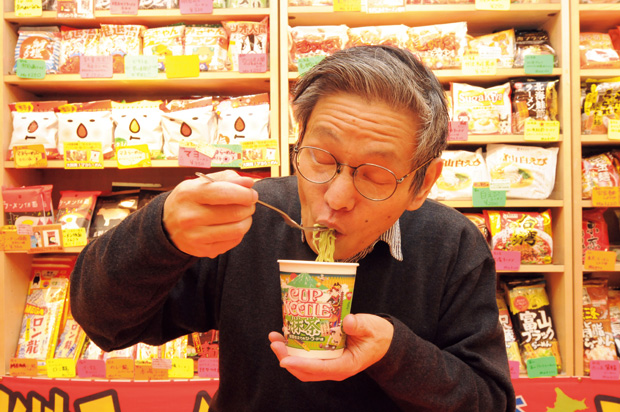
Sokusekisai Oyama, aka Japan’s Instant Ramen King, has made a lucrative career out of eating instant noodles at least once a day for over three decades. Instant noodles, better known as cup noodles in Japan, are a big deal in the land of the rising sun. There are literally hundreds of different types, from the […]
Baker Goes Viral for Detailed Cakes Shaped Like Miniature Aristocratic Dresses

Nguyen Vu Hoang Anh, one of Vietnam’s most talented and creative cake artists, has become known for his signature cakes shaped as miniature aristocratic dresses, complete with tiny creases and folds. 34-year-old Nguyen Vu Hoang Anh has long been known as one of the best cake artists in Vietnam, but while his stunningly realistic fondant […]
Restaurant Sparks Controversy with Bubble Tea Beef Noodles

A Vietnamese restaurant recently went viral for launching a new dish – bubble tea beef noodles – in a bid to take advantage of the popularity of tapioca pearl milk tea. There is no questioning the crazy popularity of bubble tea not only in Asia, but around the world. There is just something about the […]
Medical Student Eats 720 Eggs in 28 Days as Metabolic Experiment

A Harvard medical student recently completed an intriguing “eggxperiment” by eating a total of 720 chicken eggs over 28 days to test their effect on his bad cholesterol. Eggs have long had a bad reputation for raising LDL (low-density lipoprotein) or ‘bad’ cholesterol, and even though that perception of the protein-rich food has changed in […]
Kinmemai Premium – The World’s Most Expensive Rice

Kinmemai Premium is a selection of hand-picked artisanal rice that holds the Guinness World Record for the world’s most expensive rice ($109 per kilogram). Rice is one of the most nutritious yet affordable foods on Earth, but if you’re looking for an exceptional selection of some of the world’s best rice varieties, look no further […]
Japanese Rice-Fed Chickens Allegedly Lay White-Yolk Eggs
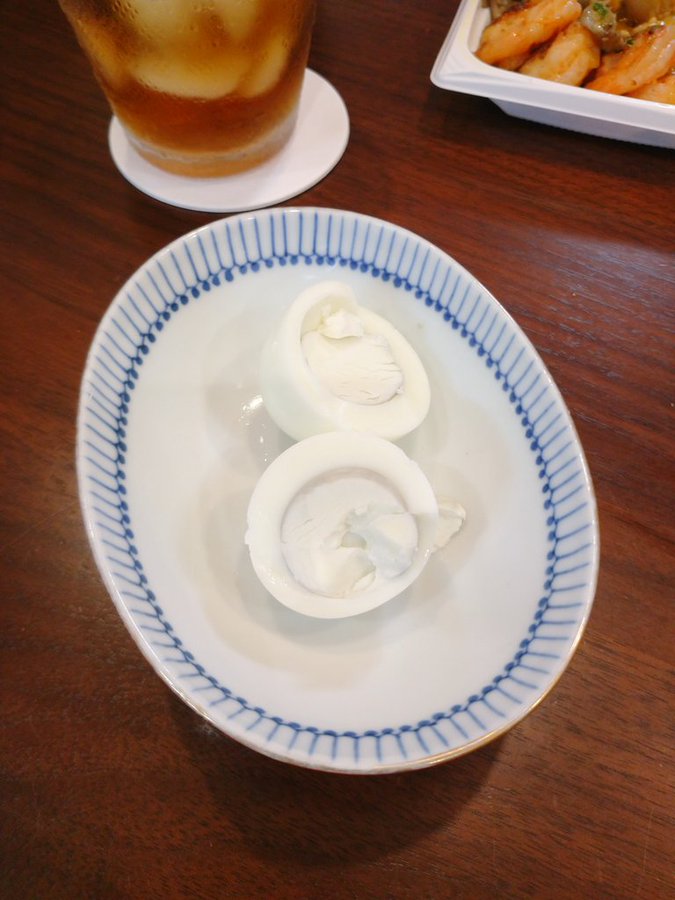
Photos of white-yolk boiled eggs have gone viral on Japanese social media, with thousands of people asking whether they are real or just digitally altered. It all started with an X (Twitter) post by Tsuda Junko, the editor-in-chief of the online magazine Design no Hikidashi, featuring a photo of a boiled egg cut in half. […]
Drinkable Ramen Gives the Term ‘Instant Noodles’ a Whole New Meaning

Boost Noodle is a new type of Japanese instant ramen designed to be consumed with one hand by simply sucking the contents out of a small pouch. Instant ramen is probably the most convenient food money can buy, but one Japanese company has found a way to make it even easier to eat. Nippon Ham […]
Vieux Boulogne – The World’s Stinkiest Cheese
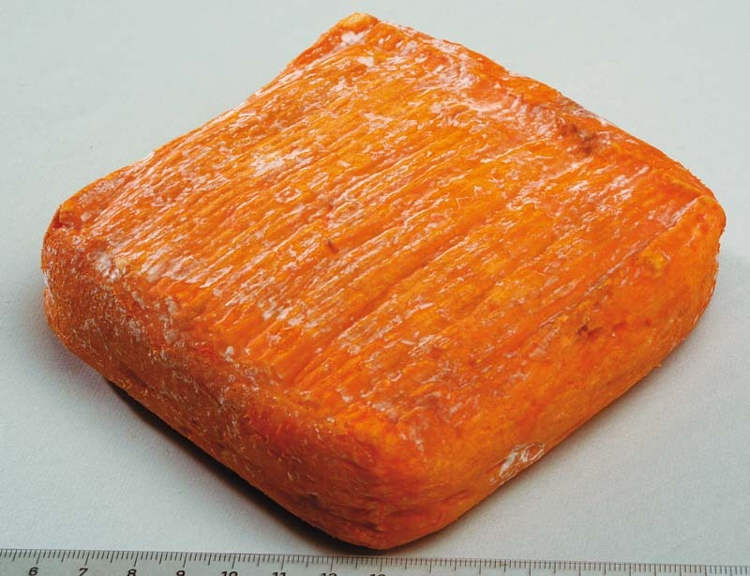
The world is full of stinky cheeses, but according to a team of researchers from Cranfield University, France’s Vieux Boulogne is the stinkiest of them all. Limburger, Munster, Epoisses de Bourgogne, or Brie de Meaux are only some of the cheeses famous as much for their pungent aroma as for their taste, but the unofficial […]
Family Scams Restaurants by Placing Cockroaches on Their Own Plates

A Mexican family has been outed as scammers after being caught on video placing cockroaches on their plates at a restaurant just so they can then complain and leave without paying the bill. The Puerto Chale restaurant in Guadalajara, Mexico, recently took to social media to shame a family of scammers who had threatened to […]
Dancing Shrimp – Thailand’s Liveliest Dish Literally Jumps Off the Plate
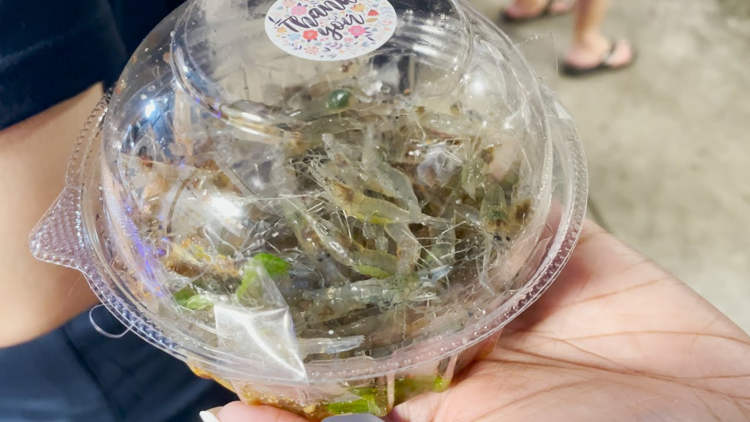
Goon Ten, or Dancing Shrimp, is a popular Thai street food made with live freshwater shrimp that jumps off the plate when marinated alive. A bunch of small, translucent shrimp trying to wiggle their way out of being eaten alive doesn’t sound like the most appetizing meal, but in Northern Thailand, it’s actually all the […]
Sweden’s Banana-Topped Pizza Puts Hawaiian Pizza to Shame
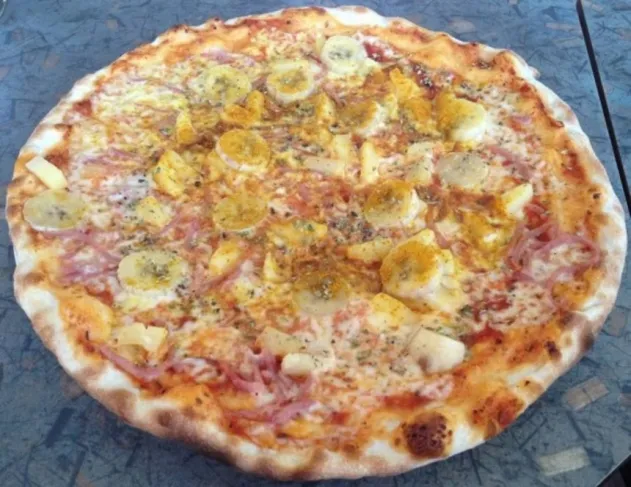
If you thought pineapple-topped Hawaiian pizza was a culinary crime, wait until you hear about Sweden’s take on the Italian staple, a pie topped with curry, pineapple, and banana. Sweden’s fascination with bananas is well documented, but that doesn’t really explain the culinary oddity known as Tropicana Pizza or simply Swedish Pizza. No one knows […]
The World’s Most Exclusive Meat ‘Hibernates’ for Up to 15 Years
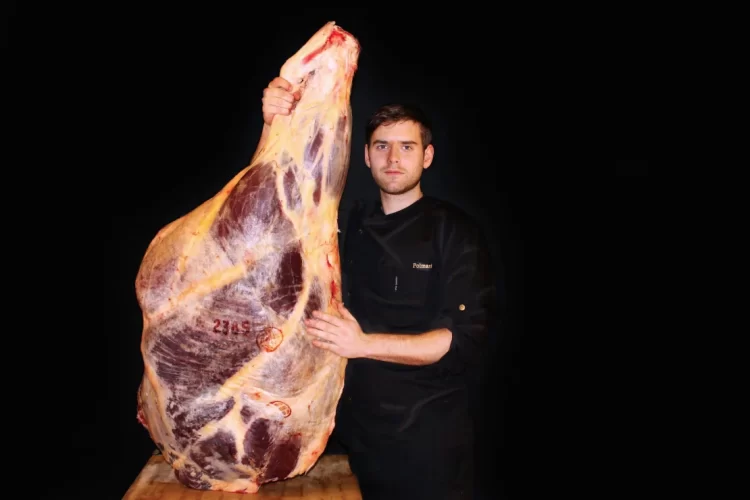
Polmard, a small farm in Saint Mihiel, France, produces the world’s most exclusive meat using a process called hibernation. It allows the meat to be stored and cured for up to 15 years with no loss of quality. Alexandre Polmard is a sixth-generation farmer, breeder, and butcher in a family that has been producing beef […]
Koi Pla, Probably the World’s Deadliest Dish
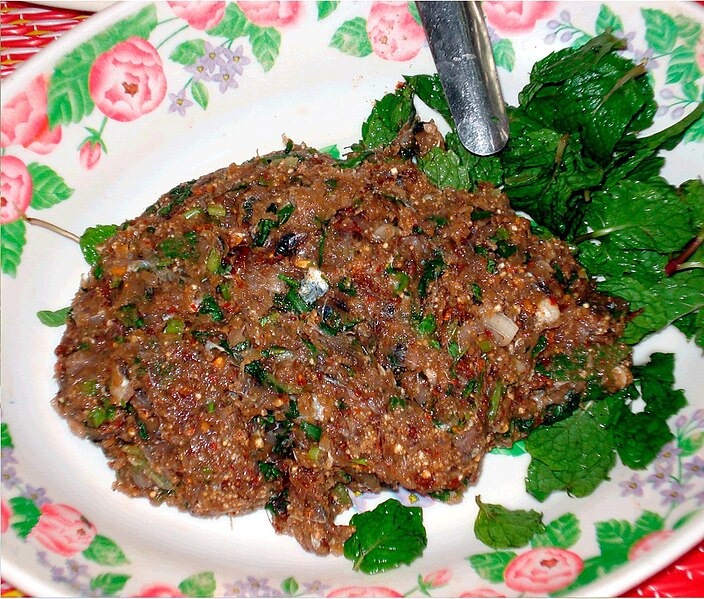
Koi Pla, a popular traditional dish consumed in Thailand and Laos is said to be responsible for the deaths of around 20,000 people every year. Considered a salad by the Lao people of Laos and Thailand’s Isaan region, Koi Pla consists of minced raw fish, lemon juice, herbs, and spices. As you might have guessed, […]
